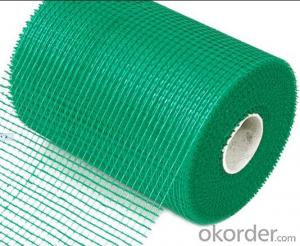When it comes to the safety of industrial workers, one material that often comes to mind is fiberglass. Known for its strength and versatility, it’s a common component in various industries. However, working with fiberglass also comes with its own set of risks. That’s where fiberglass resistant clothing comes into play, offering a protective layer for those who work closely with this material.
The Importance of Personal Protective Equipment (PPE)
In any industrial setting, personal protective equipment is a must. It’s the first line of defense against potential hazards. For workers dealing with fiberglass, this means specialized clothing that can withstand the unique challenges posed by the material. Fiberglass resistant clothing is designed to protect the skin from irritation and potential allergic reactions, as well as to prevent the inhalation of fiberglass dust and particles.
Understanding the Risks of Fiberglass Exposure
Fiberglass, while incredibly useful, can be harmful if not handled properly. Prolonged exposure can lead to skin irritation, respiratory issues, and even more severe health problems. The tiny fibers can easily become airborne, making it difficult to avoid inhaling them. This is where the right clothing can make a significant difference.
The Role of Fiberglass Resistant Clothing
Fiberglass resistant clothing serves multiple purposes. It acts as a barrier between the worker and the fiberglass, reducing direct contact with the skin. This is crucial for those who are sensitive or allergic to the material. Additionally, these clothes are designed to be breathable, allowing for comfort during long shifts while still providing the necessary protection.
Types of Fiberglass Resistant Clothing
There’s a variety of fiberglass resistant clothing available, each tailored to specific needs. Here’s a quick rundown:
– Coveralls: These full-body suits provide comprehensive coverage, ideal for environments where extensive exposure is expected.
– Gloves: To protect the hands, which are often the first point of contact with fiberglass.
– Boots: To shield the feet from sharp fibers and chemical spills.
– Aprons: For added protection over the torso and arms, especially useful for tasks involving direct handling of fiberglass.
– Respirators: While not clothing, they’re an essential part of PPE when dealing with fiberglass dust.
Material Matters
The materials used in making fiberglass resistant clothing are just as important as the clothing itself. High-quality materials ensure durability and effectiveness. Some common materials include:
– Polyester: Known for its strength and resistance to many types of chemicals.
– Cotton: A natural fiber that provides comfort but may not offer the same level of protection as synthetic materials.
– Nylon: Durable and resistant to abrasion, making it suitable for heavy-duty use.
– Specialty fabrics: Some clothing is made from fabrics specifically designed to repel or neutralize fiberglass particles.
Customization for Comfort and Safety
One size does not fit all, especially when it comes to protective clothing. Customization options allow workers to have clothing that fits well and provides the best protection possible. This includes adjustments for size, length, and even the addition of extra padding in high-wear areas.
The Future of Fiberglass Resistant Clothing
As technology advances, so does the development of protective clothing. Innovations in material science and design are leading to more effective and comfortable options for workers. We can expect to see clothing that not only protects but also enhances the overall work experience.
Conclusion
Fiberglass resistant clothing is an essential part of ensuring the safety and health of industrial workers. By understanding the risks associated with fiberglass exposure and choosing the right protective gear, workers can continue to contribute to their industries without compromising their well-being. Remember, the right clothing can be the difference between a safe work environment and one that poses serious health risks.

